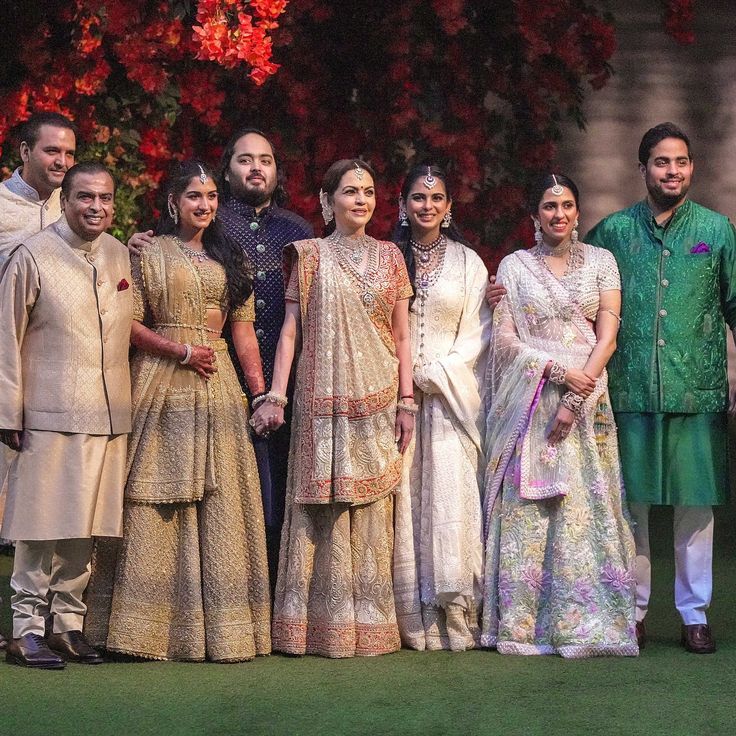Exploring the Intricacies of Surface pattern Design: An In-depth Analysis of Professional Techniques.
Surface pattern design are crucial aspects of various industries, ranging from fashion and textiles to interior design, architecture, and even digital media. These creative disciplines focus on the manipulation and arrangement of visual elements to create visually captivating surfaces and patterns. This article delves into the world of professional pattern and surface design, shedding light on the techniques, principles, and applications employed by industry experts.
Table of Contents
Surface Pattern Design Understanding
Understanding Patterns:
Patterns are arrangements of repeated elements or motifs, creating a sense of rhythm, harmony, and visual interest. In professional pattern design, the process typically involves several key steps:
- Conceptualization: Designers begin by exploring inspirations, themes, and concepts. They may draw from nature, culture, or abstract ideas to develop a design concept.
- Sketching and Ideation: Initial ideas are translated into rough sketches or digital representations, allowing designers to experiment with compositions, layouts, and variations. This stage promotes creativity and the exploration of different design possibilities.
- Composition and Balance: Designers analyze the overall composition and consider the arrangement of elements. They strive to achieve a balanced distribution of visual weight, ensuring the pattern feels cohesive and visually pleasing.
- Scale and Proportion: Determining the appropriate scale and proportion of a pattern is crucial for its successful application. Designers consider the intended context, such as the size of the surface or product, to ensure the pattern is appropriately sized.
Surface Pattern Design Techniques:
Surface design focuses on the visual treatment and manipulation of surfaces, encompassing textures, colors, and other visual elements. Professional surface designers employ various techniques to create captivating surfaces:
- Texturing: The addition of textures to surfaces adds depth and tactility. Designers experiment with techniques such as embossing, engraving, screen printing, or digital texturing to achieve desired effects.
- Color and Material Exploration: The selection of colors and materials greatly influences the impact of a surface design. Professionals consider the psychology of color, color harmonies, and the characteristics of different materials to evoke specific emotions or communicate brand identities effectively.
- Layering and Transparency: Layering elements and incorporating transparency can create intricate and visually engaging surface designs. This technique adds complexity, depth, and a sense of discovery to the final composition.
- Digital Tools and Software: With advancements in technology, many designers utilize digital tools and software to create, manipulate, and visualize surface designs. These tools provide greater flexibility, allowing for precise control over details and seamless integration with other design processes.
Applications and Industry Relevance:
Pattern and surface design find applications in a wide range of industries:
- Fashion and Textiles: Pattern and surface designers play a crucial role in the creation of fabrics, apparel, accessories, and textile-based products. They design unique patterns that enhance aesthetics, communicate brand identities, and captivate consumers.
- Interior Design and Architecture: In interior design, pattern and surface design are employed to create visually appealing wall coverings, flooring, furniture upholstery, and decorative elements. In architecture, surface design techniques are used to enhance the visual impact of facades and building exteriors.
- Product Design: From consumer goods to electronics, pattern and surface design contribute to the visual appeal and marketability of products. Well-executed surface designs help products stand out, differentiate from competitors, and appeal to target audiences.
Pattern and surface design are vital components of visual communication, playing a pivotal role in industries such as fashion, textiles, interior design, and product design. Professionals in these fields employ a range of techniques, principles, and tools to create visually captivating patterns and surfaces that enhance aesthetics and communicate desired messages. By understanding the intricacies of professional pattern and surface design, designers can create impactful and
establish their unique artistic voice in a competitive market.
Collaboration and Adaptability:
Professional pattern and surface designers often collaborate with other professionals, such as fashion designers, architects, or product developers, to ensure the seamless integration of their designs into the overall project. This collaborative approach allows for a cohesive and harmonious final result.
Furthermore, the field of pattern and surface design continuously evolves, influenced by cultural shifts, technological advancements, and emerging trends. Professionals in this domain must stay abreast of the latest developments, regularly updating their skills and techniques to adapt to changing market demands.
Sustainability and Ethical Considerations:
In recent years, the importance of sustainability and ethical practices within the design industry has gained significant momentum. Pattern and surface designers are increasingly mindful of the environmental impact of their work and seek to incorporate sustainable materials and production processes. This shift toward eco-conscious design ensures that professionals are not only creating visually stunning patterns and surfaces but also contributing to a more sustainable and responsible industry.
Incorporating Technology and Digital Innovation:
The integration of technology and digital innovation has revolutionized pattern and surface design, providing designers with powerful tools and endless possibilities. Digital design software enables professionals to experiment with complex patterns, intricate details, and realistic visualizations, streamlining the design process and expanding creative boundaries.
Additionally, digital printing techniques have facilitated the production of customized and on-demand patterns, reducing waste and enabling more sustainable manufacturing practices. This marriage of technology and design empowers professionals to explore innovative techniques and push the boundaries of traditional pattern and surface design.
Education and Professional Development:
Aspiring pattern and surface designers can pursue formal education in design-related fields, such as textile design, fashion design, or graphic design. These programs provide a strong foundation in design principles, techniques, and industry knowledge, equipping students with the necessary skills to enter the professional world.
Continued professional development is also crucial for staying relevant in the ever-evolving design industry. Workshops, conferences, online courses, and industry events offer opportunities for professionals to learn new techniques, explore emerging trends, and network with fellow designers, fostering growth and advancement in their careers.
In conclusion, pattern and surface design encompass a diverse range of techniques, principles, and applications that are integral to multiple industries. Professionals in this field employ their creative skills, artistic vision, and technical expertise to craft visually captivating patterns and surfaces. By embracing collaboration, adapting to changing trends, incorporating sustainable practices, leveraging technology, and investing in their professional development, designers can establish themselves as experts and make a lasting impact in the world of pattern and surface design.
As of my last knowledge update in September 2021, the surface pattern design market was a vibrant and growing sector within the broader creative and design industries. Surface pattern design plays a significant role in various sectors, including fashion, textiles, home decor, stationery, packaging, and more. Here are some key points about the surface pattern market:
- Growing Demand: The demand for unique and eye-catching surface patterns has been steadily increasing. Consumers and businesses alike are looking for fresh and innovative designs to stand out in a crowded marketplace.
- Digital Transformation: The shift to digital design tools and the availability of online marketplaces has made it easier for surface pattern designers to create, showcase, and sell their work to a global audience.
- E-commerce Platforms: E-commerce platforms like Etsy, Spoonflower, and Redbubble have played a crucial role in connecting surface pattern designers with customers who appreciate custom-designed products.
- Global Reach: Surface pattern designers now have the opportunity to reach a global customer base. Designs can be easily shared and sold to customers around the world, thanks to digital distribution and print-on-demand services.
- Sustainability: Increasing awareness of environmental issues has led to a growing interest in sustainable and eco-friendly surface patterns. Designers are exploring eco-conscious materials and production methods.
- Collaborations: Many businesses collaborate with surface pattern designers to create exclusive collections for their products. These collaborations help both designers and businesses expand their reach.
- Education and Training: Institutions and online courses have been offering education and training in surface pattern design, nurturing a new generation of talented designers.
- Trends: Trends in surface pattern design change over time, influenced by fashion, culture, and technology. Keeping up with these trends is crucial for designers looking to stay relevant in the market.
- Licensing: Licensing agreements are common in the surface pattern design market. Designers often license their patterns to be used on various products, providing a source of recurring income.
- Competitive Landscape: The market can be highly competitive due to the accessibility of design tools and platforms. Designers need to find their unique style and niche to succeed.
Please note that the information provided is based on data available up to September 2021, and the surface pattern design market may have evolved since then. For the most current insights and market trends, it’s advisable to consult industry reports, market research, and news sources specific to the design and creative industries.











